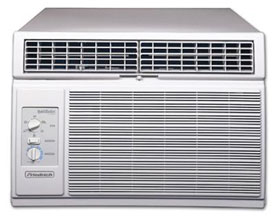
I’ll admit it. I dread this hot, sticky weather. Give me a cool autumn-like breeze any day, even if it means wearing a sweater in July. But I also hate using a lot of energy, including electricity for air conditioning. So, what are our options for staying comfortable in the summer with little or no use of air conditioning?
Here are a few suggestions:
- 1. Shade your windows. Sunlight entering windows is the greatest heating load in many houses. You can keep direct sunlight off your windows using roof overhangs, awnings, vegetative shading, shutters, or exterior roller binds (rare here, but common in Europe).
- 2. Use interior shades during the daytime. Especially if exterior shading isn’t possible, block sunlight from the inside. Venetian blinds or roll-down shades should be as reflective as possible on the side facing the glass—to reflect sunlight back out, before it’s absorbed and converted into heat. If you’re home during the day or in an office with windows on multiple walls, pull the east-facing blinds down during the morning hours and the west-facing blinds in the afternoon—whatever it takes to block sunlight from directly shining in through the windows.
- 3.Close up the house during the day and open it at night. When the outside daytime temperatures will be significantly warmer than an acceptable indoor temperature, close windows and doors during the day, and open them at night. This keeps hot air from blowing into the house. If you’re using electric air conditioning, this step is critical to avoid cooling the outdoor air, but it can make sense without air conditioning as well. This morning, since the air temperature was supposed to go up to about 87 degrees and the temperature in our house was in the low-70s, I closed all of our windows and doors. Because we have reasonably good insulation, not that much heat moved in through the walls, and the house remained in the upper 70s. At night, once the outside air temperature drops below your interior temperature, open the place wide up—using screens. A higher-tech approach with this is to turn on a whole-house, attic fan that moves a lot of air to speed up this air exchange, but I just use windows with screens.
- 4. Avoid excessive use of electric lights and appliances. Your lights—especially incandescent light bulbs—generate a lot of heat (with standard light bulbs, 90% of the electricity is converted into heat, not light). Keep most lights off during the day and try to schedule use of heat-generating appliances, such as dishwashers and clothes dryers, during cooler evening hours or on cooler days. Turn off computer monitors, televisions, stereo equipment, and other electronic devices when not in use—this is good practice anyway, but it’s especially important during hot days. Also try to avoid too much use of the oven or cooktop in the hottest weather; think about meals that don’t require long cook times.
- 5. Wear lighter clothing. If the norm in your workplace is to wear fairly formal professional attire, suggest to the company management that dress standards be relaxed, and raise the set point on the air conditioning system.
- 6. Use fans to keep cool. Air flow on your skin causes evaporation, which can keep you a lot cooler. If you’re normally comfortable at 75 degrees, a ceiling fan or room fan providing a gentle breeze may keep you equally comfortable with an air temperature as high as 82. Note that this strategy doesn’t actually cool the air; instead it raises your comfort window—the temperature at which you are reasonably comfortable. Turn off a fan when leaving the room to avoid wasting electricity. (The fan motor will actually slightly increase the air temperature.)
- 7. Air condition wisely. If you do use electric air conditioning, use it sparingly. Use programmable controls or manually control your air conditioner(s) to limit use when you aren’t home, such as during the day. Use fans to create more airflow so that you can keep your air conditioner set to a higher temperature. Try to switch to natural ventilation at night unless it’s really humid outside. (Adding a lot of moisture to a house makes an air conditioner work harder.)
- 8. Weatherize and insulate. A tight, energy-efficient house keeps you cooler in summer, just as it keeps you warmer in winter. If you use electric air conditioning, an energy-efficient envelope will save a significant amount of money during the summer—and a lot more in the winter. While weatherizing and insulating can be big jobs, they can pay off with lower energy bills and greater comfort. The higher our cost of energy goes, the faster the payback on these improvements.
Weekly Newsletter
Get building science and energy efficiency advice, plus special offers, in your inbox.





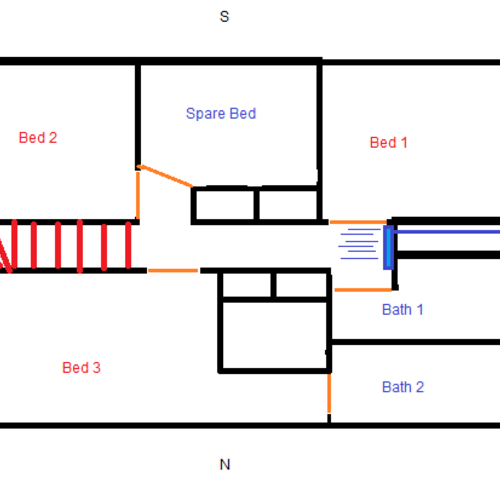
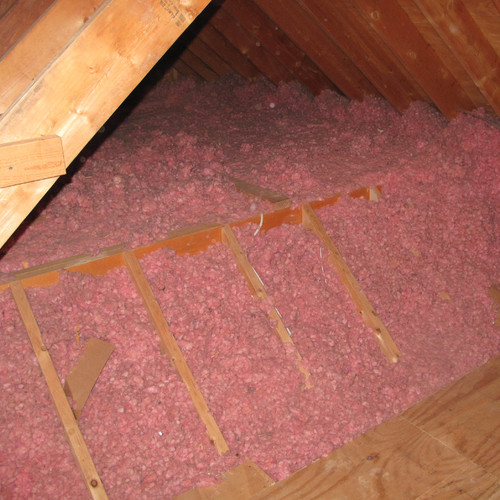
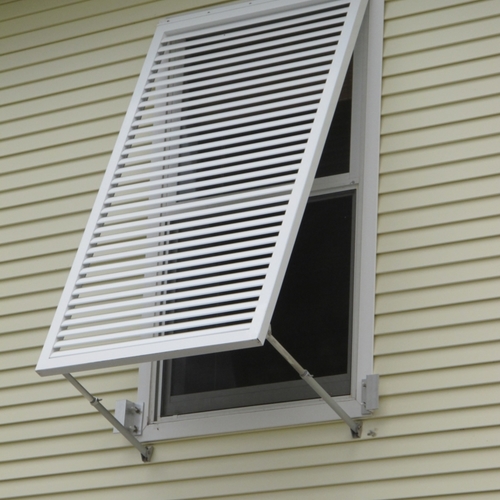
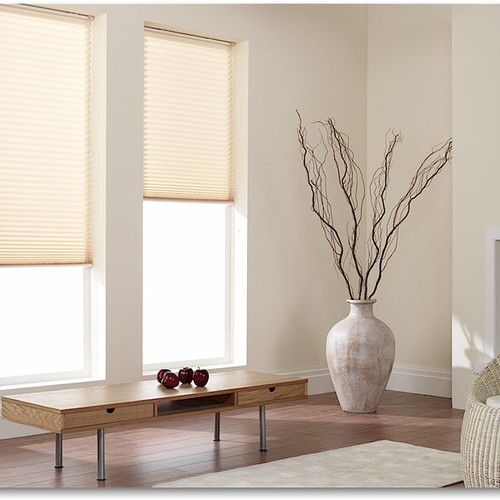






0 Comments
Log in or create an account to post a comment.
Sign up Log in